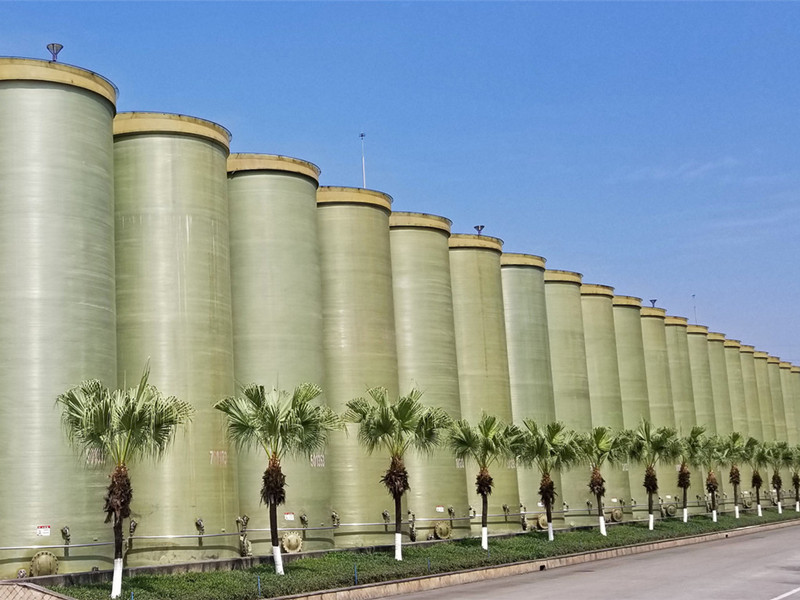
-
 Afrikaans
Afrikaans -
 Albanian
Albanian -
 Amharic
Amharic -
 Arabic
Arabic -
 Armenian
Armenian -
 Azerbaijani
Azerbaijani -
 Basque
Basque -
 Belarusian
Belarusian -
 Bengali
Bengali -
 Bosnian
Bosnian -
 Bulgarian
Bulgarian -
 Catalan
Catalan -
 Cebuano
Cebuano -
 China
China -
 China (Taiwan)
China (Taiwan) -
 Corsican
Corsican -
 Croatian
Croatian -
 Czech
Czech -
 Danish
Danish -
 Dutch
Dutch -
 English
English -
 Esperanto
Esperanto -
 Estonian
Estonian -
 Finnish
Finnish -
 French
French -
 Frisian
Frisian -
 Galician
Galician -
 Georgian
Georgian -
 German
German -
 Greek
Greek -
 Gujarati
Gujarati -
 Haitian Creole
Haitian Creole -
 hausa
hausa -
 hawaiian
hawaiian -
 Hebrew
Hebrew -
 Hindi
Hindi -
 Miao
Miao -
 Hungarian
Hungarian -
 Icelandic
Icelandic -
 igbo
igbo -
 Indonesian
Indonesian -
 irish
irish -
 Italian
Italian -
 Japanese
Japanese -
 Javanese
Javanese -
 Kannada
Kannada -
 kazakh
kazakh -
 Khmer
Khmer -
 Rwandese
Rwandese -
 Korean
Korean -
 Kurdish
Kurdish -
 Kyrgyz
Kyrgyz -
 Lao
Lao -
 Latin
Latin -
 Latvian
Latvian -
 Lithuanian
Lithuanian -
 Luxembourgish
Luxembourgish -
 Macedonian
Macedonian -
 Malgashi
Malgashi -
 Malay
Malay -
 Malayalam
Malayalam -
 Maltese
Maltese -
 Maori
Maori -
 Marathi
Marathi -
 Mongolian
Mongolian -
 Myanmar
Myanmar -
 Nepali
Nepali -
 Norwegian
Norwegian -
 Norwegian
Norwegian -
 Occitan
Occitan -
 Pashto
Pashto -
 Persian
Persian -
 Polish
Polish -
 Portuguese
Portuguese -
 Punjabi
Punjabi -
 Romanian
Romanian -
 Russian
Russian -
 Samoan
Samoan -
 Scottish Gaelic
Scottish Gaelic -
 Serbian
Serbian -
 Sesotho
Sesotho -
 Shona
Shona -
 Sindhi
Sindhi -
 Sinhala
Sinhala -
 Slovak
Slovak -
 Slovenian
Slovenian -
 Somali
Somali -
 Spanish
Spanish -
 Sundanese
Sundanese -
 Swahili
Swahili -
 Swedish
Swedish -
 Tagalog
Tagalog -
 Tajik
Tajik -
 Tamil
Tamil -
 Tatar
Tatar -
 Telugu
Telugu -
 Thai
Thai -
 Turkish
Turkish -
 Turkmen
Turkmen -
 Ukrainian
Ukrainian -
 Urdu
Urdu -
 Uighur
Uighur -
 Uzbek
Uzbek -
 Vietnamese
Vietnamese -
 Welsh
Welsh -
 Bantu
Bantu -
 Yiddish
Yiddish -
 Yoruba
Yoruba -
 Zulu
Zulu
Exploring the Benefits and Applications of Fiber Optic Cables in Modern Communication Systems
Understanding Fiber Pipe The Future of Data Transmission
In today’s digital age, the need for high-speed, reliable data transmission has never been more critical. With the exponential growth of the internet, smart devices, and streaming services, traditional copper-based communication systems are struggling to keep pace. Enter fiber pipe technology—an innovative solution that stands at the forefront of telecommunications and data transfer.
Fiber pipe, simply put, refers to the use of optical fibers to transmit data. These thin strands of glass or plastic are capable of carrying vast amounts of data over long distances with minimal loss of quality. The core of optical fiber technology lies in the principle of light transmission. Data is encoded in the form of light signals, which travel through the fiber, reflecting off the walls of the tube and enabling extremely high bandwidth.
One of the most significant advantages of fiber pipe technology is its capacity. Fiber optics can support bandwidths that far exceed those of traditional copper wires. For instance, while copper can manage data rates of up to a few gigabits per second, fiber optics can handle rates in the terabits per second range. This immense capacity is essential for businesses relying on cloud computing, video conferencing, and large-scale data transfers, making fiber pipe an indispensable technology in the modern business landscape.
In addition to capacity, fiber pipe also offers superior speed
. Light travels through fiber optics at a velocity close to that of light in a vacuum, allowing for lower latency in data transmission. For users and applications demanding real-time communication—such as online gaming, financial trading, and telemedicine—this reduced latency is vital. It ensures a seamless experience, free from interruptions or delays caused by slower transmission mediums.fiber pipe

Another significant benefit of fiber pipe technology is its durability and reliability. Fiber optics are less susceptible to environmental factors compared to copper wires. They are immune to electromagnetic interference, which can disrupt data transmission, and they don’t corrode in harsh conditions. Moreover, fiber optics can withstand more temperature fluctuations and are lighter and more compact than traditional cabling, making them easier to install and maintain.
Despite its advantages, the adoption of fiber pipe technology is not without challenges. One major hurdle is the cost associated with installation and infrastructure development. While the long-term benefits of fiber optics can outweigh these initial costs, the upfront investment can be a barrier, especially for smaller businesses and rural areas. Additionally, the fragility of the fiber cables requires careful handling during installation and maintenance.
The key to overcoming these challenges lies in ongoing technological advancements and increasing demand. As more businesses and consumers recognize the need for high-quality, high-speed internet, governments and telecom providers are responding with initiatives to expand fiber optic networks. This could potentially lead to decreased costs over time and wider access to fiber pipe technology.
In conclusion, fiber pipe technology represents the future of data transmission, combining speed, capacity, and reliability in a way that traditional copper wiring simply cannot match. With the world increasingly dependent on digital connectivity, embracing fiber optics not only supports the current demands of high-speed internet but also paves the way for future innovations and expanded possibilities. As we continue to forge ahead into an era defined by connectivity, fiber pipe technology stands as a cornerstone for building a robust and efficient digital infrastructure.









